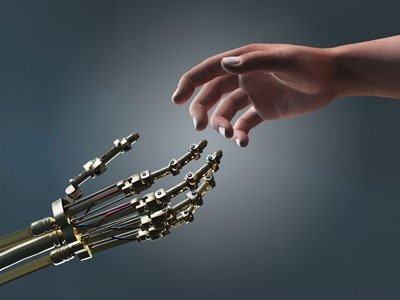This week's reading consisted of a chapter called 'Rethinking Interactivity' by Yuping Liu and L.J Shrum. In this chapter, the two writers also look at other theorist's work and sum up what they find interactivity to be. I found this reading to be very interesting as the topic of 'Interactivity' is one that I found most fascinating. I find it interesting that the progression of technology allows us to reach out more with others.

As in earlier blogs, I will define the subject in simple terms and then expand on what the author's (and in this case, other theorists) have said. For me, Interactivity is the connection that occurs between a human and a piece of technology. For example the interactivity of XBOX Live and an XBOX user. With the idea of XBOX Live, users are able to connect and 'interact' with others around the world and create a sort of 'online community' or even, 'online culture', just as long as the users are connected to the Internet. The use of the Internet also creates an online community with programs such as 'Facebook' or 'Myspace'. The idea of 'interactivity' does not just appear to be the connection between a human and a piece of technology, but can also be defined as the connection of humans through a piece of technology.

According to Blattenberg and Deighton (1991), 'interactivity is facility for persons and organisations to communicate directly with one another regardless of distance and time'. In simple terms, new technology is not the only of 'interacting' with one another. According to Liu and Shrum, users like to feel as though they are the ones with power and that they have choices with matters that effect interactivity. From this, they also want to feel safe whilst interacting. This could also link to Liu and Shrum's idea that interactivity must contain a 2 way communication between producers and consumers so that if any problems occur, the producers can fix it to the needs of the consumers.
 |
|
A huge section of this chapter is named 'Active Control'. Active Control refers to a recently selected control such as a command button with a specific focus. The Internet is remarkable in ways that there are gatekeepers who monitor what users search for and we are always being surveillanced by gatekeepers. According to Hoffman and Novak (1996), there is a network of linked contents. Active control also refers to the linked interests for a user who researches them. According to Liu and Shrum's writing, active control is positively related to user cognitive involvement and user satisfaction. In simple terms, it is related to user's involvement with specific topics and also related to topics that users find satisfying. Liu and Shrum also refer to Ariely's (2000) idea that active control is also related to user learning; meaning that users can remember specific researches as their search history will still be active. This links to Hoffman and Novak.
I found this reading extremely interesting and very rewarding as some of the previous readings. It explained (and not from just one source of ideas) a deeper meaning into the topic of interactivity. I found the reading straightforward (unlike McLuhan) and very fulfilling.













